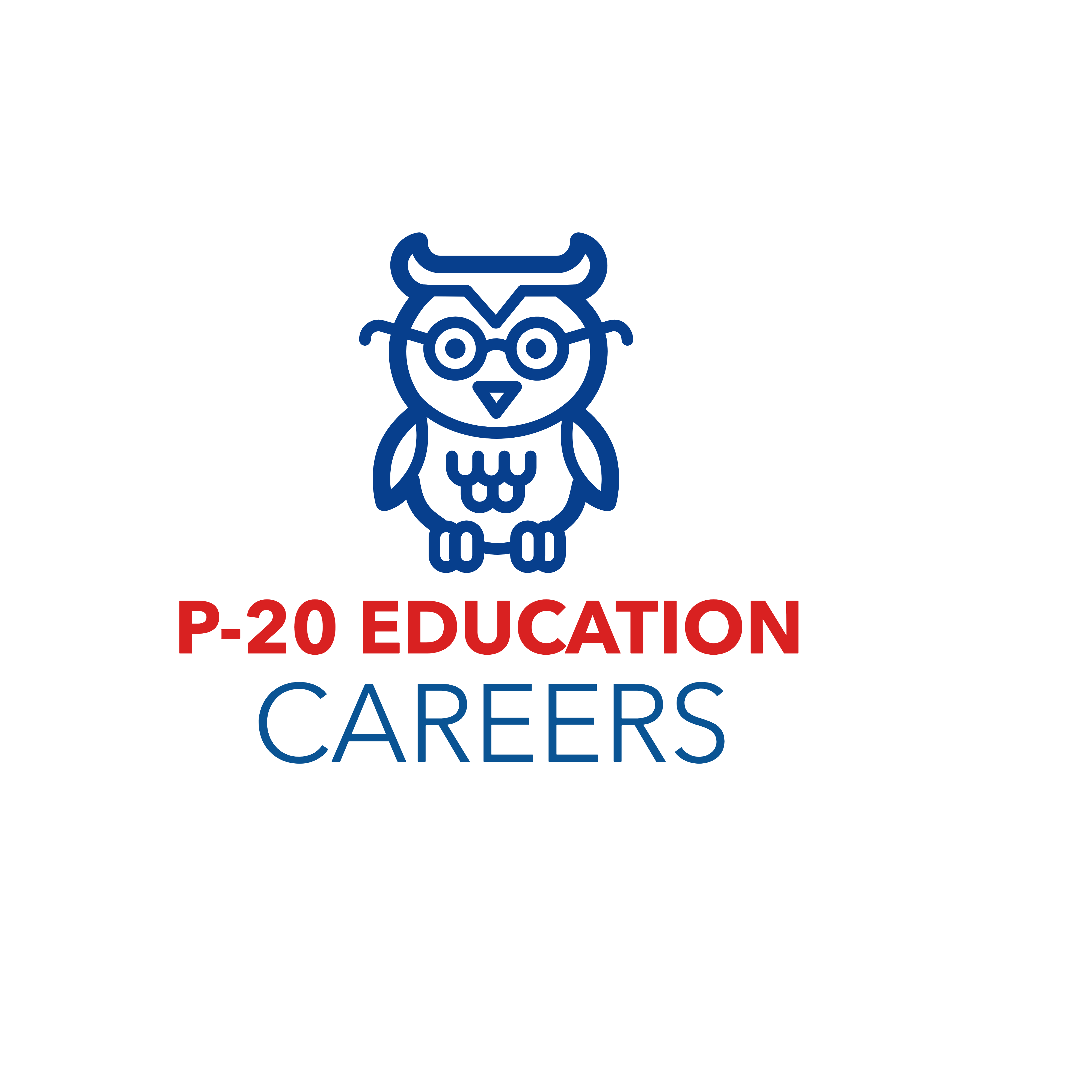5 Ways to Teach Students How to Find the Author’s Purpose
The acronym PIE (persuade, inform, and entertain) and the cutesy anchor charts that go along with it are surely already familiar to anyone who teaches pupils about an author’s goal.
Although those are helpful broad categories, the motivations for nonfiction writing are frequently more complex. Authors of textbooks write to educate. Passion for a subject drives bloggers to write articles. Information is spread through writing by journalists.
Today students are immersed in information. A crucial talent is identifying the precise motivations behind authors’ writings and not taking every viewpoint at face value. Students must recognize bias, determine the author’s purpose, and come to their own judgments as they read.
These five techniques will show pupils how to determine the real reasons behind writers’ writing as they become more skilled at working with informational texts.
- Start with why.
The primary question to determine the author’s motivation is, “Why did the author write this piece?” Post several forms of nonfiction (such as an advertisement, opinion piece, news item, etc.) around your classroom and ask students to rapidly identify a reason for each to assist students in deepening their knowledge of “why.” Or keep a running list of the motivations behind writers’ work on an author’s purpose board.
- Talk about structure.
For various goals, authors apply multiple structures, including sequence, problem and solution, and comparison and contrast. As an illustration, one author might utilize series to describe an occurrence, whereas another might use compare and contrast to contextualize the same event.
- Get to the heart.
When writers write, they frequently aim to elicit a specific emotion in their audience. The writer of an essay about whale conservation may want readers to be touched by the situation of whales. Or the writer of a letter can seek to uplift the recipient’s spirits. Ask pupils, “How do you feel?” after reading a piece. And how did the author influence you to feel this way?
- Connect to students’ own writing.
Reading and writing are interconnected. Encourage pupils to write for various reasons to increase their understanding of why individuals write. Students will have a better experience of the writing process when they are asked to describe a process, share a personal recollection, or write about a subject they believe everyone should be aware of.
- Observe how purpose changes within a text.
Although the author’s intent is frequently examined through the work, authors can have various motivations for penning specific texts. An author might, for instance, use a humorous anecdote to engage the reader. They might then go into a list of details that aggravate the reader about the predicament. They might then appeal their final move. Take a brief piece and deconstruct it, pointing out the various goals so that students may understand how the author’s intention shifts as they read.
Bonus: Three ways to teach kids how to identify bias
Your pupils could accept all nonfiction readings at face value right now, but as they grow as readers (and information consumers), they must learn how to assess bias.
- Mind the gap.
Authors who want to persuade their audience will use the evidence that best supports their argument. Students should read with an eye on what information is missing. For instance, if a writer is promoting the legalization of horse-drawn buggies in New York City, they can focus on the advantages (such as tourism) and ignore the disadvantages (e.g., horses holding up traffic).
- Review the experts.
Ask pupils to gather the names and positions of the individuals mentioned in an article. Who was included, and what can students learn from them? And how reliable is each professional?
- Seek out stats.
Draw on facts, figures, graphs, and other numbers to present a different picture of the author’s point of view. What does the author want readers to take away from the information? Was anything included? What was left out?
Every time a child reads, they discuss with the author; when they are aware of the author’s goals, this conversation is even more fruitful.
If you liked this article, please check out some of our other resources.
College GPA Calculator– This allows college students to calculate and save their college GPA, record their semester performance, and track their entire academic career.
High School GPA Calculator– Allows high school students to calculate and track their high school GPA, record their scores and keep a handle on their cumulative academic performance.
Cumulative GPA Calculator– This allows high school and college students to calculate and save their cumulative GPA and determine how their future and current grades will affect their academic performance.
Grade Calculator– This allows students to determine their class grades by adding their assignments to calculate their total scores.
Weighted Grade Calculator– This allows students to swiftly calculate their weighted class grade by adding each assignment and its total value.
Final Grade Calculator– This allows students to calculate what score they must receive on their final exam to achieve their desired final class grade.
https://www.theedadvocate.org/ – Education News and Opinion
https://www.thetechedvocate.org/ – Edtech News and Opinion
https://pedagogue.app/ – Social Media Site for Teachers
https://edrater.com/ – User Generated School and College Reviews
https://entelechy.app/ – AI-Powered Personal Tutor

